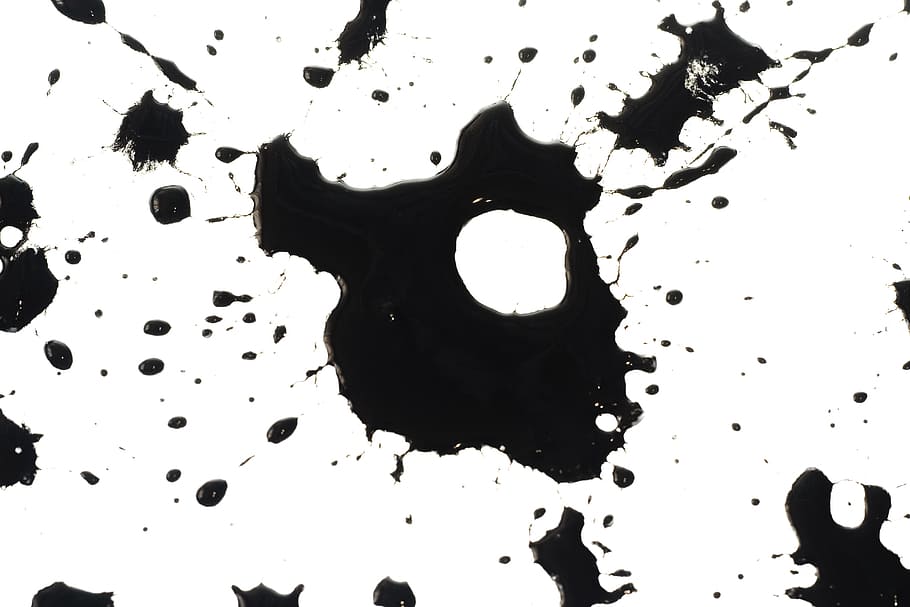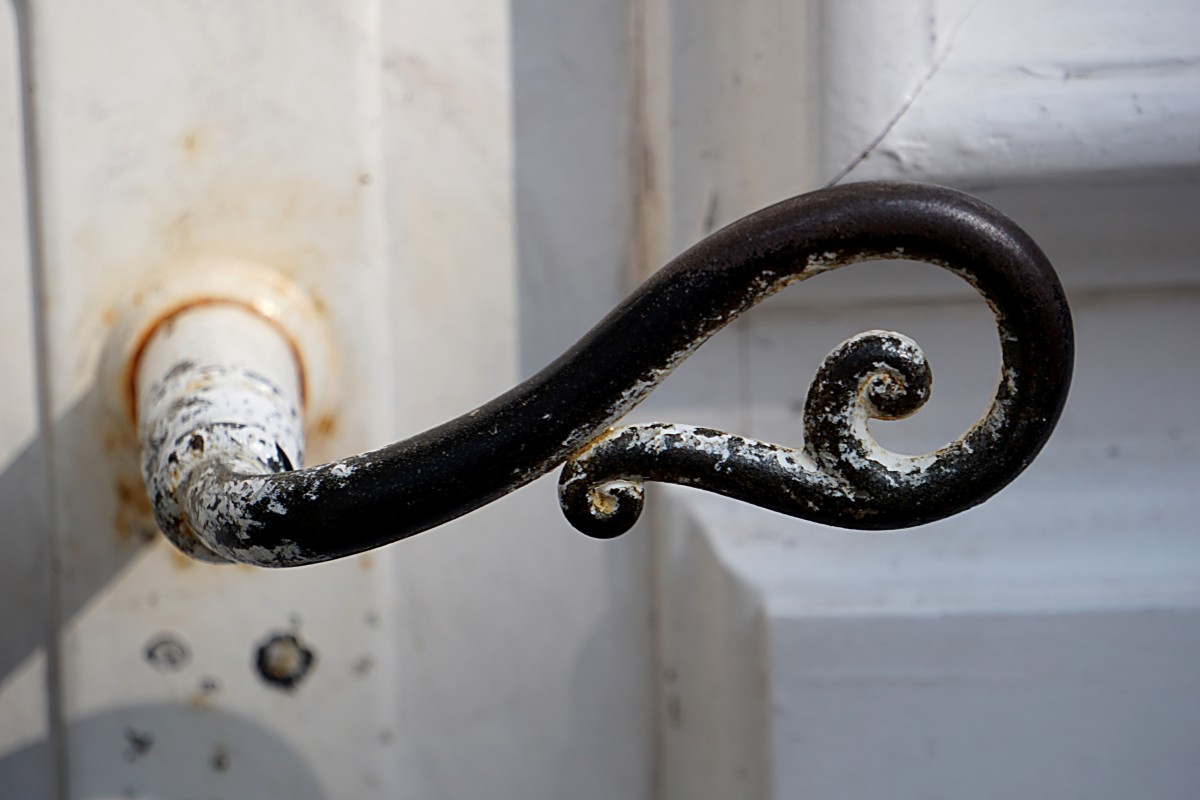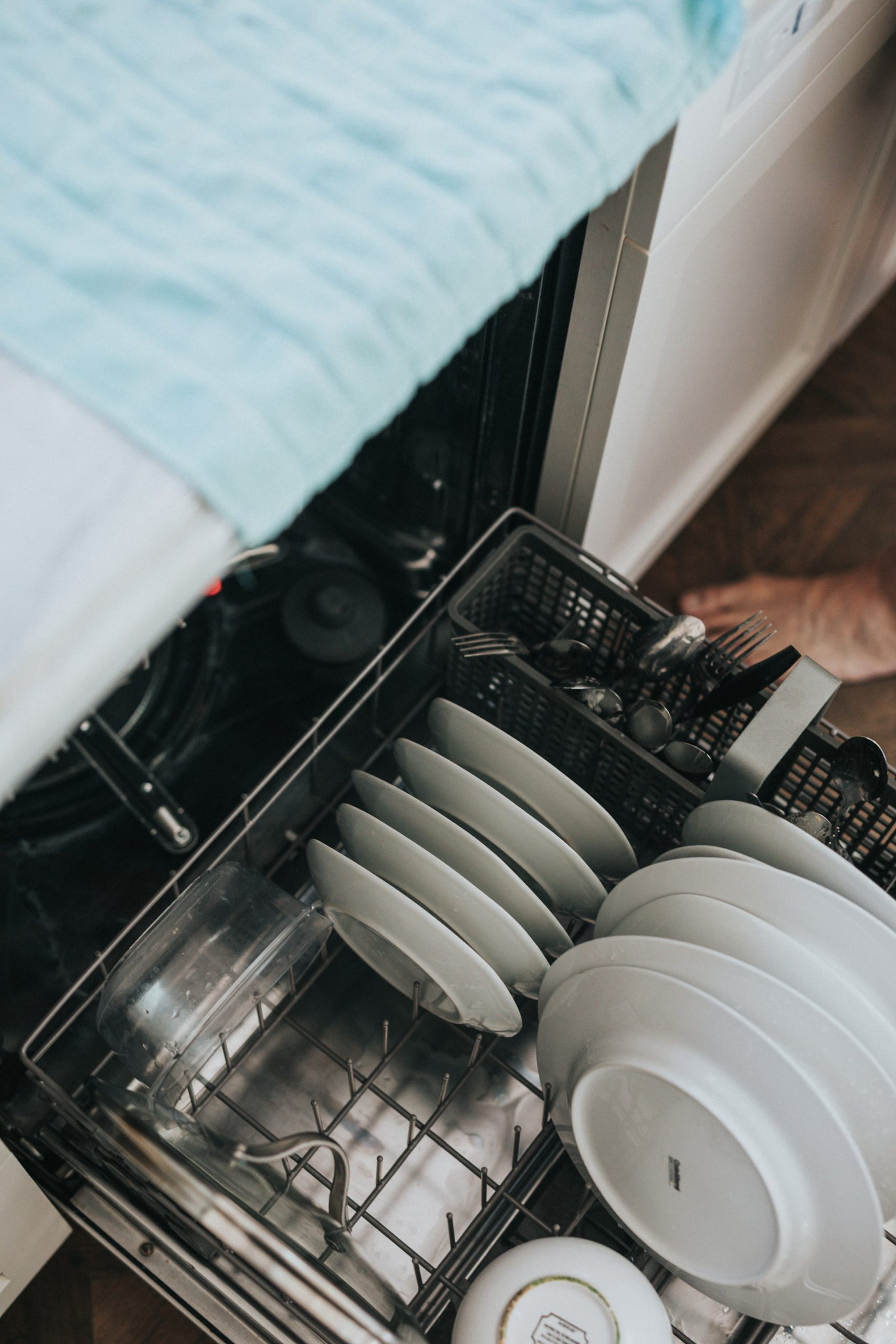Tips for Removing Oil Paint Stain
Oil paint (glycerophtalic) is a thick, greasy paste. The binders used in its design are sometimes harmful to stained surfaces. It is, therefore, more challenging to remove an oil paint stain than an acrylic paint stain, which is dissolved in water and is not a fatty substance.
However, removing an oil paint stain is not impossible. Paint stores sell soaps to dissolve this solution.
Before removing an oil paint stain, the excess should be gently scraped off with the tip of a knife.
Then, the product used depends on the material that has been stained.
You will find below which product to use and especially how to proceed depending on the material that has been stained.
Please note: benzene, sometimes recommended for removing oil-based paint stains, cannot be sold.
Cleaning an oil paint stain on leather
First of all, scrape off the excess paint with a sharp tool. After that:
Dab the affected area with a few drops of turpentine.
Once the stain is gone, remove the product with a damp sponge.
Note: if the treated area appears lighter, it must be nourished with linseed oil.
On suede
Gently apply a little diluted ammonia.
On nubuck
To avoid damaging a nubuck garment by removing the oil paint, gently scrub it with a crepe brush soaked in water and ammonia.
Good to know: a crepe brush is a special brush for maintaining suede and nubuck, used to preserve their velvet appearance and avoid the shine caused by wear.
Removing an oil paint stain from fabric or garment
To properly clean an oil paint stain from a garment, check the label’s fabric composition.
On synthetic fabrics, cotton, denim, or linen

Rub the affected area with white spirit.
Let it dry.
Machine wash the garment on the appropriate cycle.
On silk
To remove an oil paint stain from a silk garment, gently rub it with a cotton swab soaked in white spirit.
If the stain is stubborn, it’s best not to put too much pressure on this fragile fabric. Take your garment to the dry cleaner.
On satin
Dip it in a mixture of vinegar and sugar.
Rinse.
Dry it flat, taking care that it does not deform while drying.
On wool
Soak the area with white spirit.
Let dry.
Clean wool in the washing machine using the wool cycle.
On goat or sheep hair or skin
Sprinkle with sawdust and white spirit.
Using a brush, remove most of the sawdust.
Remove the rest by vacuuming.
Caution:
Handle the mixture with protective gloves and away from heat.
If it is not possible to clean outside, ventilate the room.
Empty the dust bag of the vacuum cleaner without delay.
On natural fur
To remove an oil paint stain on natural fur, do not wash it with water.
If the fur is white:
Mix white spirit and talcum powder.
With a cloth soaked in this mixture, rub in the direction of the hair.
Let dry in the open air.
Paint the coat in the direction of the hair.
If the fur is of another color: apply turpentine.
On synthetic fur
Apply a dose of white spirit.
Let dry.
Machine wash the garment.
On waxed canvas
Oil paint stains will disappear from waxed canvas once rubbed with turpentine.
Removing oil paint stains from wood
An oil paint stain on wood? Here is how to remove it.
On white wood
First, remove an oil paint stain from white wood, and scrape the paint off the surface.
Then:
Apply an oven stripper.
After 15 minutes, remove the product and wipe it with a dry cloth.
On waxed wood
To remove an oil paint stain from waxed wood, first, remove the surface paint.
Then rub with a bit of turpentine. The detergent will remove the wax.
Once the area is dry, it should be waxed again.
Another effective detergent is Marseille soap diluted in a bit of water.
On painted wood
Apply a little water mixed with synthetic soap.
Rinse the soap with clear water without soaking the wood.
Let dry.
Cleaning an oil paint stain on stone

To remove an oil paint stain from stone:
First, apply paper towels to remove the surface paint.
Then scrub with a brush soaked in scouring powder and bleach.
For old stains: use white spirit.
On marble
To begin, remove the surface paint with a pointed object.
Be careful: marble is a porous and fragile material. Do not rub too hard to avoid scratching the surface!
To remove a trace of paint from marble, proceed in two steps:
First, apply a cotton pad soaked in soapy water.
Then, apply a cotton pad soaked in turpentine.
Add pumice powder to the turpentine if the stain is old or stubborn.
On stoneware
Apply white spirit to remove an oil paint stain from a stoneware floor.
Test the stain on an inconspicuous area first.
On granite
Pour a little hot vinegar to remove an oil paint stain on granite.
Removing an oil paint stain from your skin
Rub your skin with vegetable oil (such as olive oil).
Then soap yourself and rinse with warm water to remove the oil.
Detergents to remove a stain of glycerine paint
White spirit
Turpentine
Linseed oil
Ammonia
White vinegar
Powdered sugar
Sandpaper
Vegetable oil
Pumice stone in powder
Scouring powder
Cans of bleach
Dishwashing liquid
Table salt
Trichloroethylene
Methyl alcohol
Talcum powder





